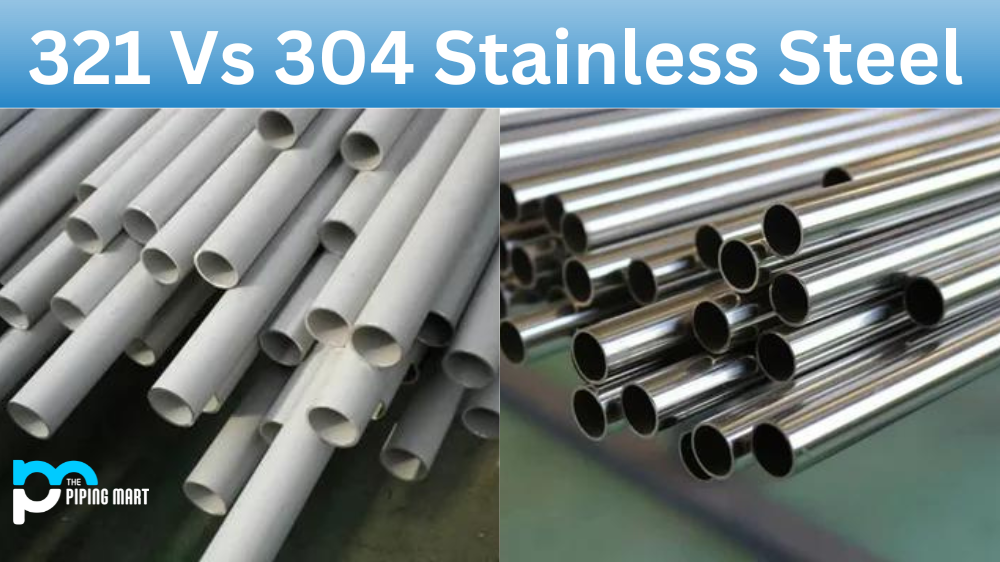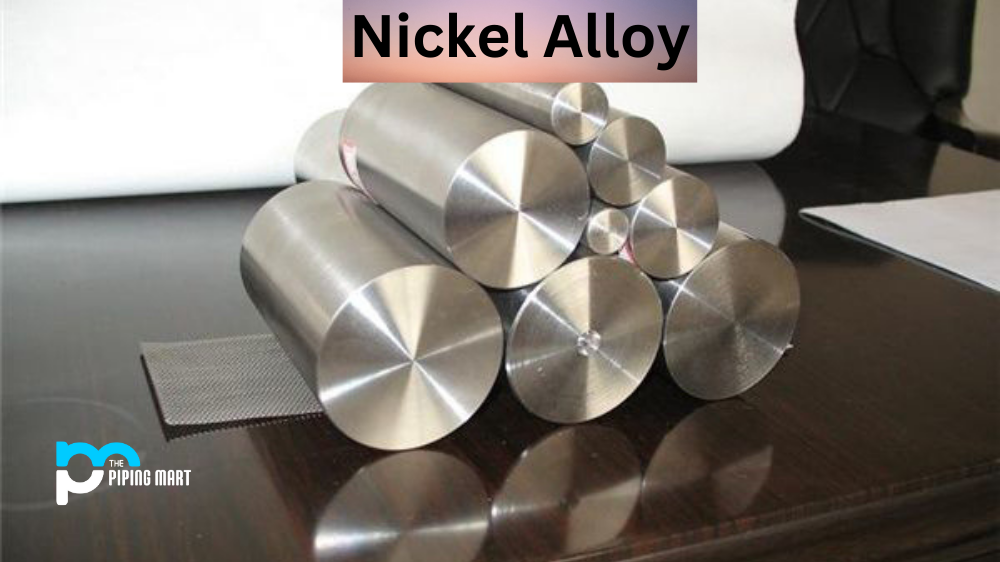If you work with metal, you’ve probably heard the terms “321 stainless steel” and “304 stainless steel”. But what do these terms mean? This blog post will discuss the differences between 321 and 304 stainless steel to help you understand which type of material is best for your project.
Understanding Stainless Steel Grades
Stainless steel is a family of iron-based alloys made of varying amounts of chromium, nickel, molybdenum, titanium, copper, nitrogen and other elements. Different grades of stainless steel are created depending on the composition of these elements. Each grade has unique properties that make it better suited for certain applications than others. For example, some grades are more corrosion-resistant, while others offer higher tensile strength or greater resistance to heat. Knowing which grade to use in a given application is key to getting the most out of stainless steel.
Difference Between 321 and 304 Stainless Steel
When it comes to stainless steel grades, the two most common are 321 and 304. Both contain varying amounts of chromium (the element responsible for giving stainless steel its corrosion resistance), nickel (which gives it strength) and molybdenum (which enhances corrosion resistance). The primary difference between these two grades is their carbon content—304 contains lower levels than 321. This makes 304 slightly softer than 321, making it easier to form into shapes like pipes or sheets without compromising strength or durability. Additionally, because 304 contains less carbon than 321, it has better weldability and excellent formability characteristics. This makes it ideal for projects where welding is necessary—it can be welded without fear of cracking or brittleness due to its lower carbon content.
On the other hand, 321 contains higher levels of carbon than 304 does—upwards of 0.08%. This added carbon content makes 321 slightly harder and stronger than 304 but still just as ductile and formable as its lower-carbon counterpart. However, due to its higher level of carbon content, welding requires special attention when using this grade—it can become susceptible to cracking if not heated properly during the welding process. Additionally, because this grade contains more carbon than 304, it may require post-weld heat treatment after welding to avoid potential cracking down the line due to increased hardness from high temperatures during welding operations.
Conclusion :
When deciding between types of stainless steel, such as 321 vs 304, it’s important to understand their strengths to pick the right one for your project. While both grades have advantages over one another depending on what material properties are desired, understanding their composition will help ensure that you choose a grade that perfectly meets your needs. With knowledge about each alloy’s strengths and weaknesses under your belt, selecting the right material becomes much easier!

A passionate metal industry expert and blogger. With over 5 years of experience in the field, Palak brings a wealth of knowledge and insight to her writing. Whether discussing the latest trends in the metal industry or sharing tips, she is dedicated to helping others succeed in the metal industry.




